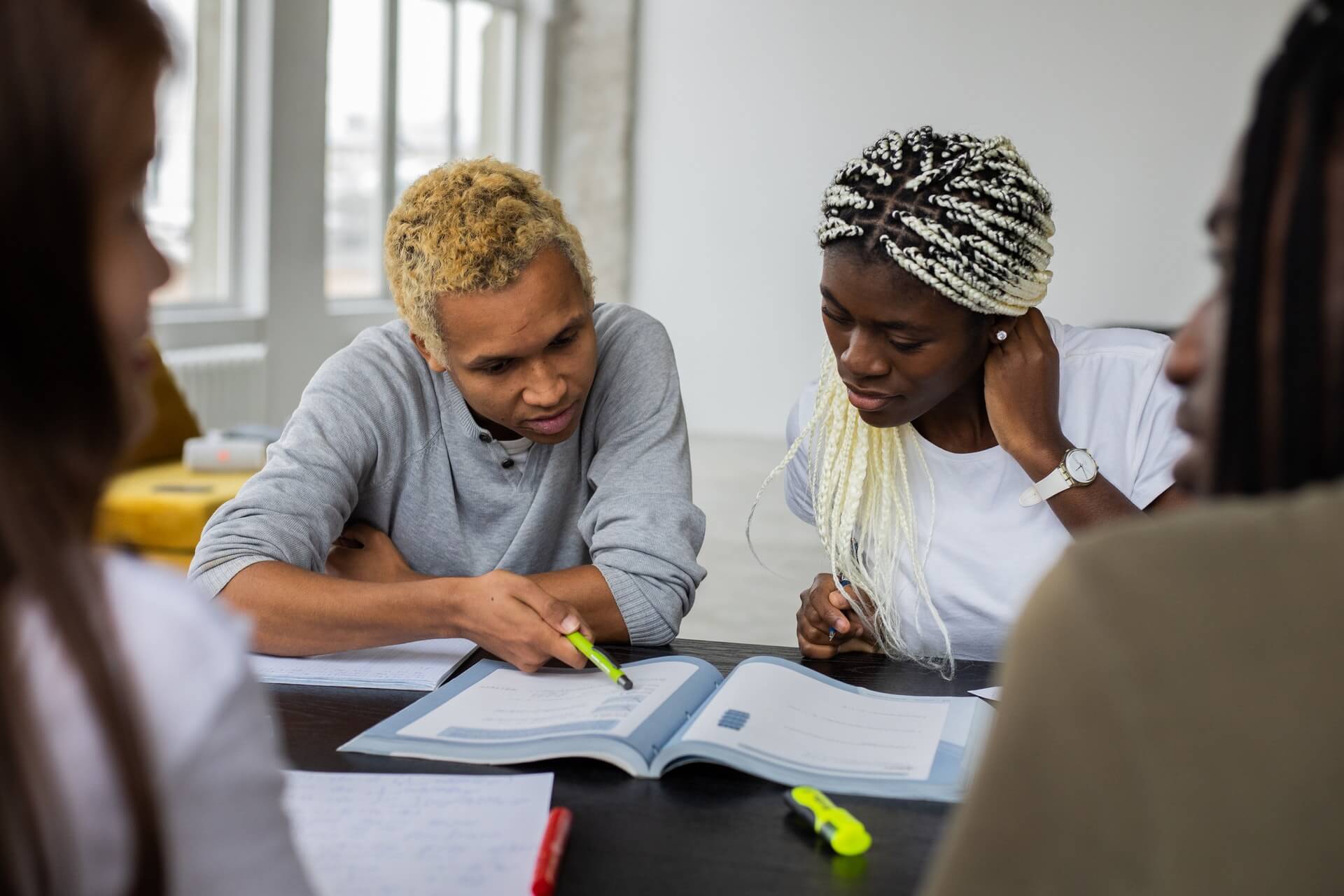5 Smart Ways to Use Time, Space, and Technology
Teachers, congratulations on finishing out the school year! As you take time to relax and recharge,…

Teachers, congratulations on finishing out the school year! As you take time to relax and recharge, we hope you also have the space to reflect on the last year. What worked? What didn’t? What can you bring into the next year to maximize learning for students?
As you know, maximizing learning isn’t just about instructional content. The entire high school environment, from the building to the schedule, makes a difference in students’ experience. Rethinking high school means taking a fresh perspective on how a school’s structure can better serve students and meet them where they are. That’s why one of XQ’s six design principles for effective high schools is Smart Use of Time, Space, and Tech. Explore this week’s resources to see how you can get creative with time, space, and technology in your classroom. Ready? Give me five!
Use the set-up of your classroom to encourage student engagement.
Why It Matters: Flexible learning spaces may seem like controlled chaos, but look closer: by moving away from traditional, restrictive classroom designs, schools can support learning that’s collaborative and student-centered. Even if your school isn’t ready to do a full revamp of its spaces, small changes to your classroom can have big impacts. You can:
- Arrange desks in circles, instead of traditional rows, to foster communication
- Allow students to move around during instruction, stand in the back of the class or sit on the floor if they prefer
- Challenge students to redesign an element of the classroom to better suit their needs
Extra Credit: Schools rethinking classroom design to encourage collaboration, creativity
Use remote learning to expand options and access for all students.
Why It Matters: The pandemic was a crash course in rethinking time, space, and technology, as teachers navigated remote and hybrid learning. Now that students are back in person, remote learning can serve as a tool to expand access and flexibility for students when in-person school isn’t an option. XQ’s remote learning tool uses our design principles as a guide to design equitable virtual learning experiences that:
- Build relationships with your students
- Involve the community in learning
- Facilitate student-paced learning
Extra Credit: How Intentional Equity Serves All Students
Advocate for a school schedule that works for students and teachers, not against them.
Why It Matters: Traditional school schedules haven’t kept up with the needs of today’s learners. By adding more flexibility into the school day, educators can make space for ambitious learning that’s project-based, interdisciplinary, and collaborative. Getting Smart walks through several different approaches to school scheduling that increase flexibility. Encourage your school to try out a schedule that incorporates:
- Work sessions
- Less rigidity
- Time for multi-use spaces
- Advisory
Extra Credit: Using Neuroscience to Launch a Research-Informed School Schedule
Invest in technology that furthers your classroom mission and culture.
Why It Matters: Options for how to incorporate technology into the classroom are constantly expanding. As a teacher, it can be hard to evaluate whether a new tech tool truly serves your students. Digital Promise provides teachers and school leaders with a multi-step guide on how to invest in new educational technology to, including:
- Identify a specific need
- Set clear goals
- Collect data on the technology’s impact
Extra Credit: A school that embraces the ‘messy, personalized’ journey to competency
In blended learning, teachers combine face-to-face instruction with virtual resources to use class time as effectively as possible.
Why It Matters: At Eastern Senior High School in Washington, D.C., teachers use a blended learning model to cut down on the time they spend lecturing and increase student engagement. Teachers record lessons that students can move through at their own pace, and use class time for collaborative work and one-on-one support. This model has made a huge difference for students, leading to:
- Decreased student anxiety
- Increased student independence
- Emphasis on competency-based learning
Extra Credit: New Blueprints for K–12 Schools
How can teachers connect with students and help them feel “seen” in support of deeper learning? It all comes back to caring, trusting relationships. Hear directly from high school students, who give their own examples on the new episode of This Teenage Life.









